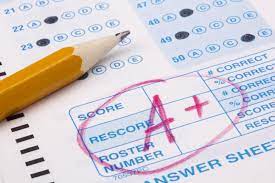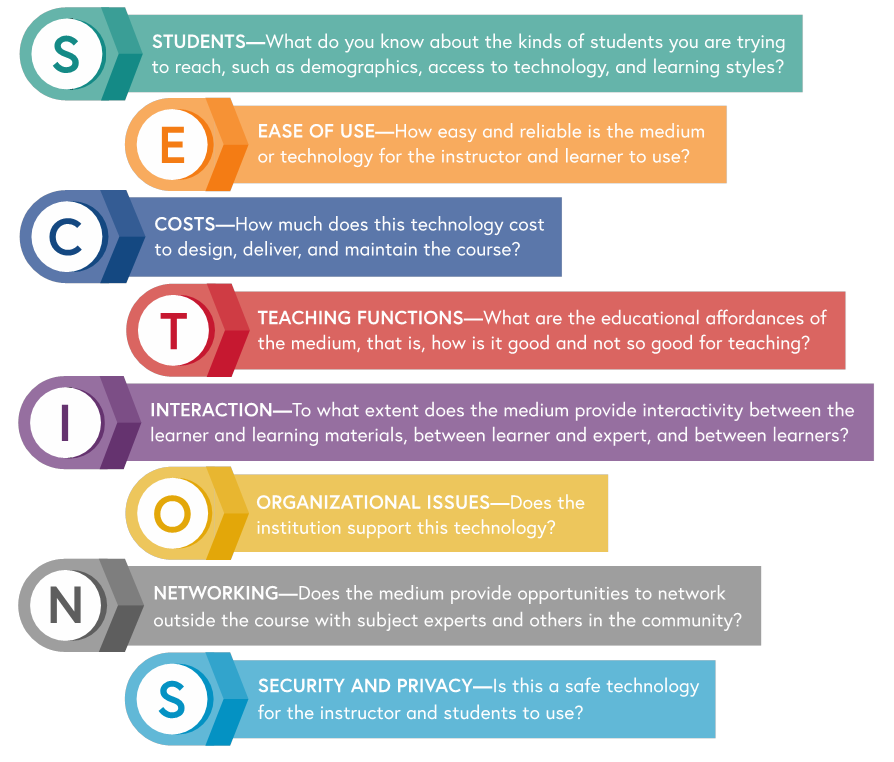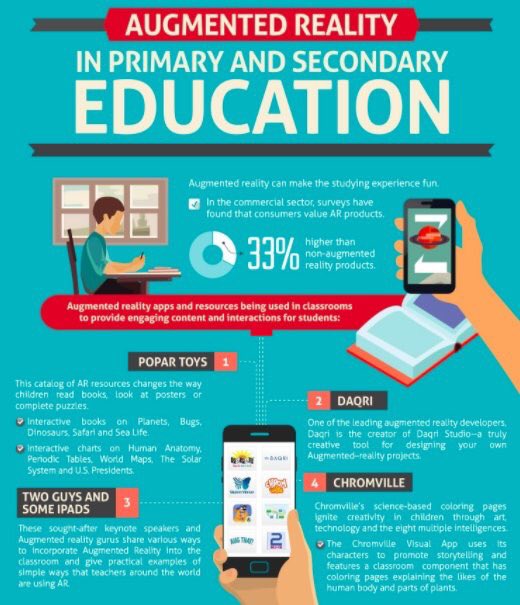Link to Dedicated Website —> https://edci337pod2.opened.ca/
Learning outcomes
By the end of the material, the learner should be able to:
- Understand the meaning of sleep
- Gain a better understanding of sleeping habits/hygiene
- Improve sleep routine
- Know the tools available to help sleeping schedule and improve sleep
Diagnostic Assessment – click here
- This multimedia object allows the teacher to assess the learner’s current situation. The learner can understand where the learner is struggling and where they do not need any extra attention. This also allows the learner to anticipate what is to be expected out of the lesson and what they should be focusing on.
- Google Forms version (able to embed this into the site): (https://tinyurl.com/yjzkdbar)
Infographic: here
- The infographic’s purpose was to provide the learner with a limited capacity of information. Humans can only process a limited amount of information and the infographic provides it in a digestible amount. The intrinsic load is also taken into consideration. The information is provided in chucks to allow for adequate processing.
What media object material was used
Multimedia learning provides many opportunities to gain knowledge throughout this learning content. Quizzes, infographics, PowerPoints (viewable on created website) were just some of the multimedia designs created in this learning content. The way the material is presented and laid out plays a crucial role in how the learner absorbs it. The multimedia provided have explanations of their use.
How is are media objects created
The learning has many different opportunities to view and engage with the given material. By providing different formats of multimedia objects, the learner can encounter many different ways to understand the information. Not only can the learner absorb the information, but they are also given many opportunities to apply it. The multimedia objects are created around the idea of incorporating multimedia learning.
Why does the media object allow for learning
The material presented has been arranged in a format that is digestible from a simple form. It is broken down in a way that does not overwhelm the learning but rather intrigues them to learn more. As mentioned previously, the media objects are created around the idea of multimedia learning, and this ensures the best learning theories are applied. We focused on facilitation understanding, not knowing facts. By applying the backward design process, we were able to identify the goal, determine the evidence required for students to learn, and plan for learning experiences (activities).
Summative assessment – Click here
- Assessment of how efficiently sleep hygiene material was taught and how well the students retained the information presented. A short 10 question quiz to check their understanding of the materials. Student’s are able to retake the quiz as many times as needed until they receive a passing completion mark of 100%.
Hands-on activity
- Sleep schedule on cell phones
- Netflix
- Sleeping aid mobile apps
- Calm – Sleep & Meditation
- Sleep Cycle – Sleep tracker
- Sleeptic – Sleep analysis
- Sleep podcast
The goal of the hands-on activity was to allow the learner to develop their own personal experiences with the multimedia objects. Learners can interact with the material and content. These resources are applicable tools that can assist learners in obtaining the end goal of a more effective sleep regime and understanding the importance of sleep.
Make the Most out of Your Sleep
- This PowerPoint was developed with a variety of multimedia principles in mind. Cognitive load theory is a big component of effective PowerPoint presentations. Each slide accompanied this theory by only including one main idea and not including more than six objects on each. Too much slide information is a very ineffective way to transfer knowledge through a PowerPoint as viewers lose interest. Signalling principles were another component kept in mind for this presentation. Text size differentiating and bolding the main point of each slide allows for the viewer’s attention to naturally move through the information on each slide. This is important for ensuring that the viewer takes in the main point of each slide and then supporting information. A step-by-step list approach was also effective for breaking the topic down into smaller sections that can be easily understood.
Citations
Felson, S. (2020, October 16). Stages of sleep: Rem and Non-REM Sleep cycles. WebMD. Retrieved November 28, 2021, from https://www.webmd.com/sleep-disorders/sleep-101.
Fry, A. (2020, September 11). Why do we need sleep? Sleep Foundation. Retrieved November 28, 2021, from https://www.sleepfoundation.org/how-sleep-works/why-do-we-need-sleep.
Suni, E. (2021, March 10). How much sleep do we really need? Sleep Foundation. Retrieved November 23, 2021, from https://www.sleepfoundation.org/how-sleep-works/how-much-sleep-do-we-really-need#:~:text=National%20Sleep%20Foundation%20guidelines1,to%208%20hours%20per%20night
Watson, S., & Cherney, K. (2020, May 15). The Effects of Sleep Deprivation on Your Body. Healthline. Retrieved November 30, 2021, from https://www.healthline.com/health/sleep-deprivation/effects-on-body
American Sleep Association. (n.d.). What is sleep & why is it important for health? Retrieved November 28, 2021, from https://www.sleepassociation.org/about-sleep/what-is-sleep/







Recent Comments